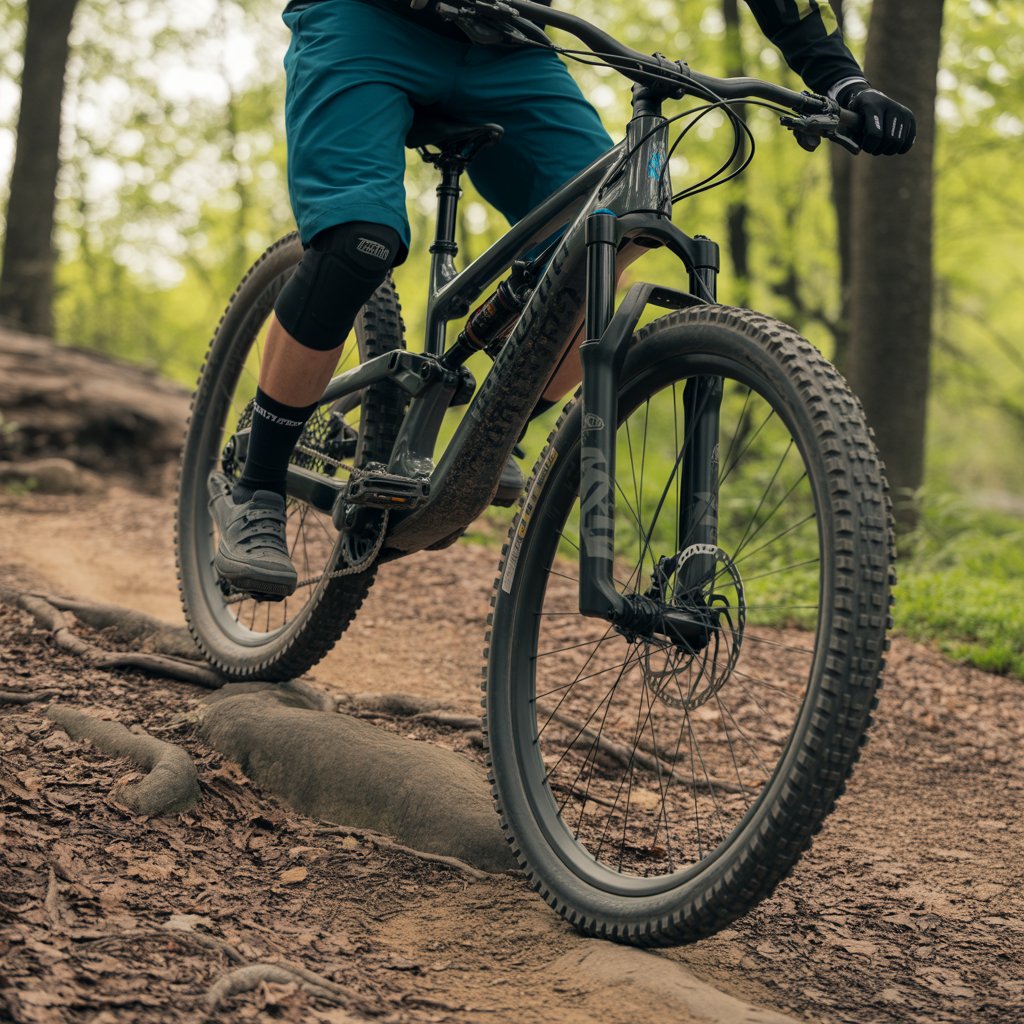When it comes to mountain biking, comfort and performance go hand in hand. Full suspension mountain bikes have become the top choice for riders seeking the perfect blend of control, traction, and adventure. Whether you’re a seasoned cyclist or a beginner craving thrills, full suspension mountain bikes are designed to handle the toughest terrains while keeping you comfortable on every ride.

What Are Full Suspension Mountain Bikes?
A full suspension mountain bike is engineered with both a front fork suspension and a rear shock absorber. Unlike hardtail bikes that only feature front suspension, full suspension mountain bikes offer cushioning at both the front and rear wheels. This design helps absorb impacts from rocks, roots, and uneven trails, delivering a smoother ride even on challenging terrain.
Why Choose Full Suspension Mountain Bikes?
The advantages of full suspension mountain bikes are hard to overlook. The dual suspension system allows you to tackle rough trails with increased confidence. Here’s why full suspension mountain bikes stand out:
- Enhanced Comfort: Both wheels are protected from harsh impacts, reducing fatigue and soreness.
- Superior Traction: The suspension keeps your tires on the ground for better grip, especially on technical climbs and descents.
- Greater Control: Whether you’re cornering at speed or maneuvering through rocky paths, full suspension mountain bikes give you precise handling.
- Reduced Rider Fatigue: The rear shock absorbs more vibrations, making longer rides less tiring.
Full Suspension Mountain Bikes vs. Hardtail: Which is Better?
There’s often a debate in the cycling community about full suspension mountain bikes versus hardtail bikes. While hardtails are lighter and generally more affordable, full suspension mountain bikes excel when it comes to versatility and comfort. If your rides involve rocky trails, steep descents, or technical obstacles, a full suspension mountain bike is likely your best option.
Key Features of Full Suspension Mountain Bikes
When choosing a full suspension mountain bike, consider these features:
- Suspension Travel: The distance the suspension can compress. More travel means better shock absorption for aggressive trails.
- Frame Material: Most full suspension mountain bikes use aluminum or carbon fiber for a lightweight, durable build.
- Geometry: Modern full suspension mountain bikes often have slacker head angles and longer wheelbases for stability and control.
- Drivetrain and Brakes: Look for reliable components to match the performance of the frame and suspension system.
Maintenance Tips for Full Suspension Mountain Bikes
Owning a full suspension mountain bike means regular maintenance. Here’s how to keep your bike performing at its best:
- Clean After Every Ride: Remove mud and debris, especially from suspension components.
- Lubricate Moving Parts: Pay attention to the chain, pivots, and suspension linkages.
- Inspect Suspension: Check for leaks or unusual noises in the fork and rear shock.
- Professional Servicing: Have your suspension serviced by a professional at regular intervals for peak performance.
Full Suspension Mountain Bikes: Who Are They For?
Full suspension mountain bikes are ideal for:
- Trail riders who love technical paths
- Downhill enthusiasts
- Riders who prioritize comfort on long journeys
- Anyone looking for a capable, confidence-inspiring bike
Latest Innovations in Full Suspension Mountain Bikes
The world of full suspension mountain bikes is always evolving. New models feature advanced suspension technologies, lightweight frames, and improved geometry for even better performance. If you want a bike that keeps up with the latest trends, full suspension mountain bikes should be at the top of your list.








